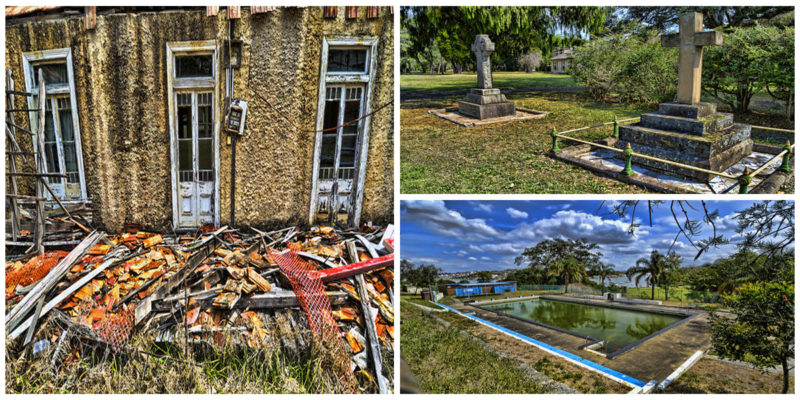Before this asylum was planned, patients that suffered from mental or emotional disorders were housed either in a lunatic asylum located on the Northern banks of the Parramatta River in Gladesville, a suburb of Sydney, or at the Female Factory in Parramatta, twenty-four kilometres west of the city. Then in the 1830s, construction of Sydney’s first purpose-built mental asylum started at Bedlam Point, Gladesville.
It was established in 1838 as the Tarban Creek Lunatic Asylum. The man responsible for the underlying design of this asylum was the Colonial Architect, Mortimer Lewis.
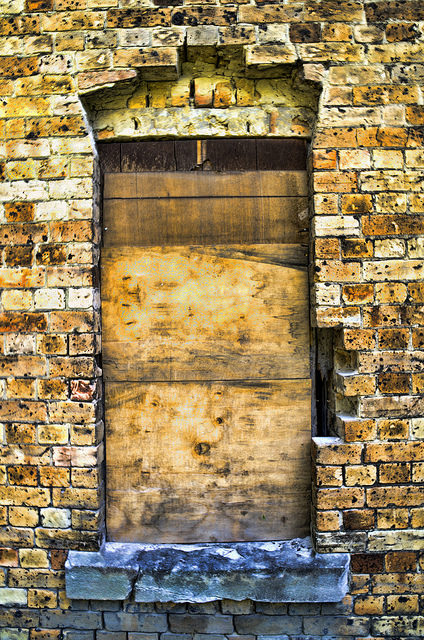
The first patients to be admitted on 19 November 1838 were welcomed by the superintendent John Thomas Digby, a man dedicated to his work and focused on the improvement of the treatment of the mentally ill. His successor Frederick Norton Manning, a military surgeon and Inspector General of the Insane for the Colony of New South Wales took over the helm thirty years later.
The idea was that Tarban Creek was to be a friendly place where patients would be helped to once again become normal citizens. But, from it’s earliest days, the asylum was dogged by overcrowding and stories of patients being ill-treated, abused and restrained.
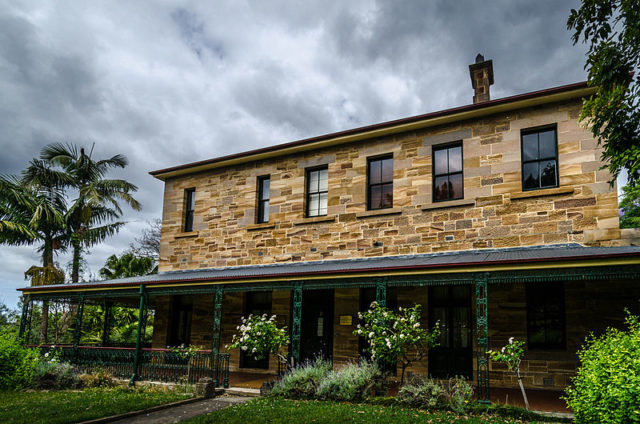
Frederick Norton Manning was invited to take the position of medical superintendent of the Tarban Creek Lunatic Asylum by the influential politician Henry Parkes, who was referred to as the “Father of Federation”. But Manning felt that he was not up to the task and so, before taking up the post, he went overseas to study the methods of patient care and administration of asylums.
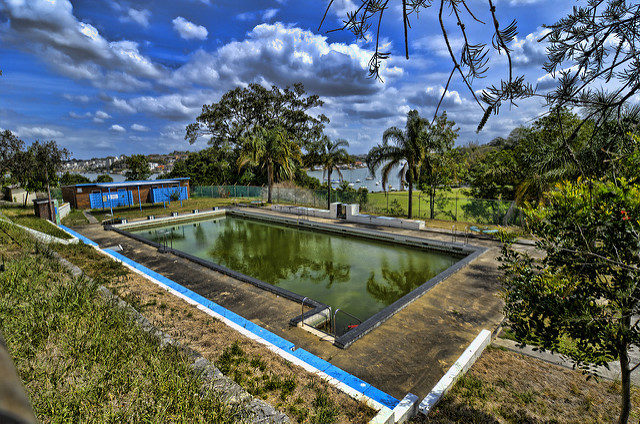
When he finished with his additional education he returned to Sydney and was officially appointed superintendent on 15 October 1868. Within a few days, Manning submitted a notable report, remarking on the isolation of the patients from their relations and about their lack of recreational facilities, prison-like accommodation, and inadequate diet.
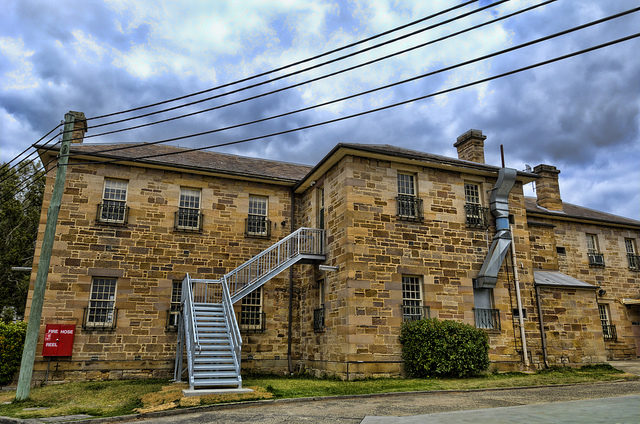
It took some time, but radical changes relating to patient care and accommodation were in place by 1879. In the meantime, the name of the institution was changed in 1869 to the Hospital for the Insane, Gladesville. During this period, Gladesville was modernized and extended, and an asylum for imbeciles also became part of this place. Now Manning sharpened its focus even further toward minimizing the use of restraints.
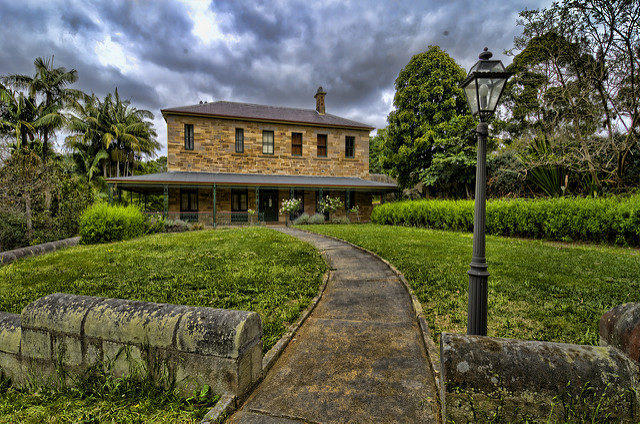
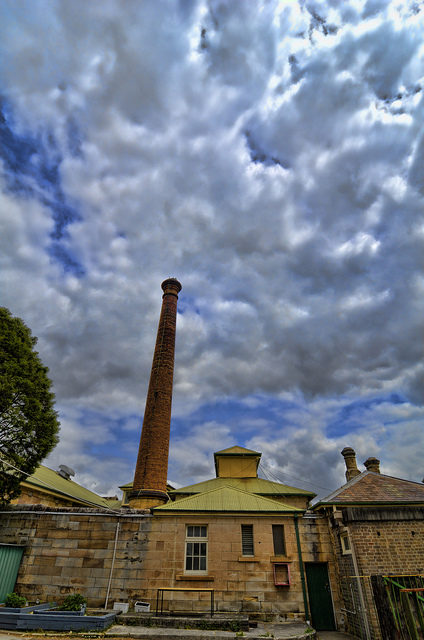
Throughout the years, the hospital continued to grow by acquiring a number of nearby properties. One notable acquisition was when the hospital bought the Priory, a two story sandstone house in Salter Street. The house itself was built by a family named Stubbs sometime in the 1840s and the hospital bought it in 1888.
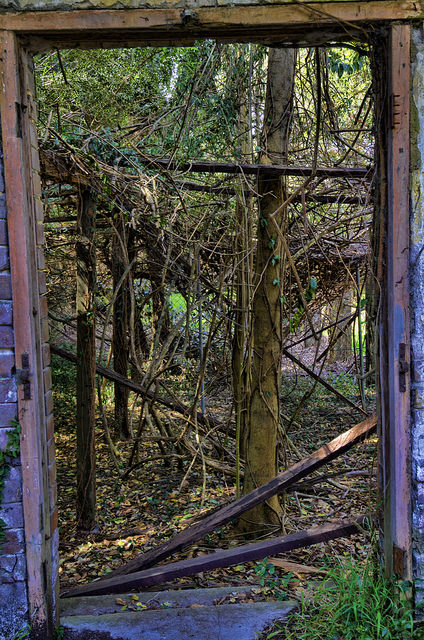
Some years later, in 1915, the hospital changed its name yet again and this time was renamed into Gladesville Mental Hospital. Fast forward to 1993 and Gladesville Hospital was amalgamated with the Macquarie Hospital at North Ryde to create Gladesville Macquarie Hospital.
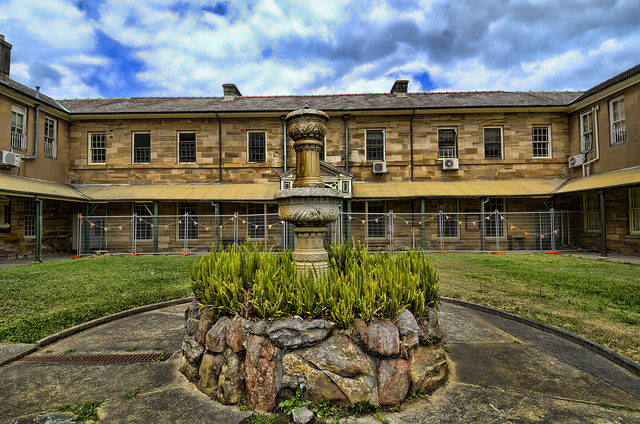
Behind it’s public façade, the dark history of violence and overcrowding at the hospital reputably continued even into the early 1900s. Often when patients complained of mistreatment, it would only be taken as further proof of their madness. One of part of the gloomy past at Gladesville has to do with the death of 1228 patients who were buried in unmarked mass graves.
Mental health at that time was so stigmatized that the families of those who died in lunatic asylum institutions often refused to come to claim the deceased. Deep in the archives of the Health Department were found registers that hold the evidence of all of the patients entombed with no headstone. Of the total number, just over 900 patients were identified. The identification of the oldest bodies are either lost or were never recorded.
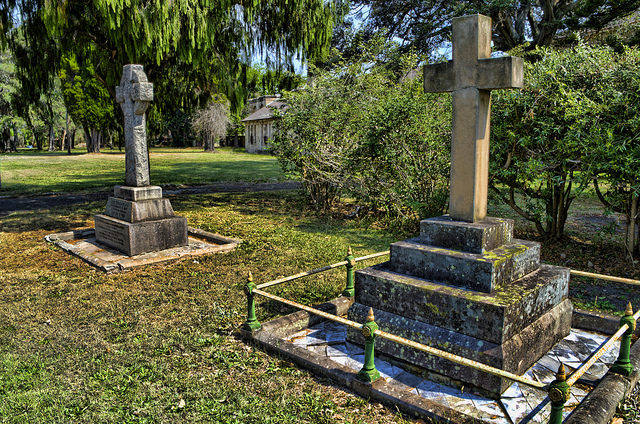
All of the buildings of Gladesville Mental Hospital are now listed on the Register of the National Estate, buildings such as the Doctor’s Residence, the Workshop (former Male Ward 9), the Gatekeeper’s Lodge, and the original quadrangle complex of 1838 just to name a few.
The asylum that acted as a prison, forcibly detaining patients, is no more. Only the ghosts of those thrown in unmarked dirt remain to recall the times of pain.
